This excerpt is from My Memories of I.N.A and its Netaji by Shahnawaz Khan, originally published in 1946 with a foreword by Pandit Jawaharlal Nehru and reissued in 2024. Shahnawaz Khan was the Major General of Indian National Army, who fought alongside Subhas Chandra Bose and stood trial in the historic Red Fort Trials. It is an intimate and detailed recollection of how Subhas Chandra Bose conceived, built, and led the Indian National Army (INA) not merely as a fighting force but as a symbol of Indian self-determination on the world stage. Told by major general Shahnawaz Khan, this piece begins in conversation and ends in revolution, offering a vivid sweep of the political and military birth of the INA.
The chapter opens with a seemingly casual moment: Bose hosting a moonlit dinner in January 1944, surrounded by officers. One curious question — how did he come up with the idea for the INA? — leads Bose into a profound reflection on strategy and historical precedent. He speaks of anticipating the Second World War as early as 1935, understanding that a global conflict would offer a rare opportunity to challenge Britain’s hold on India. Rather than await imprisonment, Bose chose the riskier path: escape, align with Britain’s enemies, and return with an army of liberation.
Importantly, he reveals that this decision was not taken lightly. Bose had discussed the idea with Mahatma Gandhi before his escape and received what he interpreted as tacit consent. Gandhi, while unconvinced by the militaristic method, assured Bose that if he succeeded, he would have his full congratulations. In this moment, we see how different visions of freedom coexisted and sometimes collided within the independence movement.
The account then moves into the logistics and personal cost of resistance. Bose recounts how he undertook a hunger strike in British prison, knowing that it could well lead to death, to protest his detention. After twelve days, dangerously weakened, he was released and placed under house arrest. There, under intense surveillance, he staged a daring escape that remains legendary, travelling across British India undetected before reaching Kabul and then Germany. With help from the German authorities, he laid the groundwork for what would become the INA, first recruiting from among Indian POWs in Europe and later coordinating with Japan to establish a larger force in Southeast Asia. This part of the chapter shows Bose not only as a freedom fighter, but as a statesman, navigating Axis powers for Indian ends.
The second half of the excerpt shifts from Bose’s story to the wider motivations of the Indian soldiers who joined the INA. It paints a scathing picture of racial discrimination, humiliation, and systemic inequity that Indian officers and soldiers faced in the British Indian Army, particularly in Malaya. Despite fighting with courage and discipline, Indian troops were underpaid, socially excluded, and treated as second-class citizens by their British superiors.
This deep and daily racism planted the seeds of disillusionment. But it was the fall of Singapore that became the breaking point, as Indian troops saw their British commanders surrender and abandon them to the Japanese without resistance. As British officers surrendered or fled, Indian soldiers watched the myth of white superiority collapse before their eyes. The Japanese, sensing this, offered captured Indian troops a stark contrast: respect and a chance to fight not for the empire but against it. For many, the decision to join the INA was not driven by ideology alone but by lived experience.
The excerpt also critiques British military strategy in Malaya, highlighting poor leadership, outdated tactics, and a fatal reliance on static defences that failed against the Japanese. The author describes catastrophic leadership failures, poor training, lack of cooperation between branches, and a fatal reliance on static defences that the Japanese easily outflanked. Indian soldiers, under-equipped and unsupported, were thrown into brutal fighting, often being the last to arrive and the first to be sacrificed. Their loyalty was repaid with betrayal: after the unconditional surrender of Singapore, General Percival handed Indian troops over to the Japanese without consultation or defense.
The chapter closes with harrowing stories of how the Japanese treated British POWs with cruelty, but handled Indian prisoners differently, using psychological tactics and offers of alliance rather than outright violence. Many Indian soldiers, seeing the collapse of the colonial order and the opportunity to fight for something larger than survival, chose to join the INA.
We chose this piece because it argues that the INA not just as a military formation, but as a historical response to inequality, and imperialism. It is also one of the few accounts that traces the INA’s ideological and emotional genesis in such human terms. The INA’s story is often framed through Netaji’s vision alone, but this chapter reminds us that it was also built by hundreds of disillusioned, defiant soldiers.
It was in January 1944, on a beautiful moonlit night, when Netaji invited some officers to dinner. We were all sitting out in the porch and Netaji was in a particularly pleasant and conversational mood. All of a sudden one inquisitive young officer asked Netaji as to how the idea of escaping from India and raising the I.N.A. had occurred to him; and how his armed struggle outside India would be viewed by Mahatma Gandhi. Netaji replied that after 1935, it should have been quite evident to any clear-sighted person that a world-conflict was fast approaching. He said that it was known to him that in the event of England being involved in such a conflict, India would automatically be dragged into it; and that as soon as hostilities commenced all Indian political leaders would be clapped in jail, where they would stay for the whole duration of the war.
‘The choice before me,’ he said, ‘was that of being imprisoned for the duration of the war or of escaping from India, joining hands with the enemies of England and through their help raising an army to fight for India’s liberation.’ He explained that it was not easy to choose between the two alternatives, and that before he finally made up his mind, he discussed with Mahatma Gandhi the world situation and the part to be played in it by India. He pointed out to Mahatma Gandhi that it would serve no useful purpose if Indian leaders were shut up inside jails for the duration of the war. The only way in which India’s liberation could be achieved would be possible if some Indian leaders escaped, raised an army outside India and then invaded India as an army of liberation. Netaji explained that in saying so, he had before him the examples of Garibaldi and General Franco.
Mahatmaji replied that he personally did not believe that it was possible to secure India’s liberation by these methods. If, however, Netaji succeeded in freeing India by these means, he (Mahatmaji) would be the first one to congratulate him. Thus, Netaji felt that he had got Mahatmaji’s blessings for an enterprise which he believed would prove successful in securing freedom for India.

Figure 1: Bose and Gandhi at the Indian National Congress annual meeting in Haripura in 1938
As was expected at the outbreak of the Second World War, Netaji found himself behind prison bars. The first problem for him then was how to get out. Netaji said that he thought over it for several days and finally decided that he would go on a hunger strike as a protest against his illegal detention. He knew that having once started the fast, there would be no going back for him, and if the British persisted in detaining him he would have to starve himself to death like Jatin Das. Knowing the British as he did, he felt that there was an even chance that he may have to starve to death. ‘Anyhow,’ he said, ‘I took the plunge and went on a hunger strike.’ For the first few days, the British authorities were adamant and it looked as if they would never give in. The Jail Superintendent approached him and pointed out the futility of such a move. But Netaji paid no heed to his warming, and after a fast which lasted twelve days his condition became very grave. This alarmed the British jailer who finally released him and Netaji returned to his ancestral home. Once back home, Netaji began to prepare for his next move – that of escaping from India to one of the axis countries.
The house in which he was residing was under the closest watch of the C.I.D. and the local police. It was unofficially learnt that there were as many as sixty-two men of various police departments detailed to keep watch over him. He shut himself up in his bedroom for several days and allowed no one except a young niece to enter it occasionally to serve his meals. It was learnt that he divided his bedroom into two parts. One was curtained off as his prayer room and the other portion was used as his bedroom and dining room. He rarely came out of his prayer room. Finally, how, unnoticed, he escaped from his house by completely deceiving the guards and reached Afghanistan must, for the time being, remain a mystery.
Finally, with the help of the German Counsel in Afghanistan, Netaji managed to reach Germany, where he met Hitler and discussed the possibility of forming an army of Indians residing in German-occupied territory and from among the Indian prisoners of war. Early in January 1942, Netaji raised the first battalion of the Free India Legion in Germany.
On the outbreak of hostilities in the Far East between Great Britain and Japan, Netaji met the Japanese Ambassador in Berlin and requested him to advise the Japanese government in Tokyo to start a similar organization in the Far East, from among the Indians residing in Japanese-occupied territory and the Indian prisoners of war who had fallen into Japanese hands. The Japanese government liked the idea and started organising an Indian Army in East Asia.
A Japanese major general (then colonel) by the name of Yamamoto, who was an official of the Japanese Embassy in Berlin, kept Netaji informed of the progress of the formation of the I.N.A. in the Far East; and when finally at the end of May 1943, Netaji arrived at Penang in a Japanese submarine, Major General Yamamoto who had accompanied him from Berlin, became Head of a Japanese liaison organisation known as the Hikari-Kikan.
Thus the original idea of raising an army of free Indians to fight for India’s liberation was conceived and given effect entirely by Netaji.

Figure 2: Imperial Japanese Army Infantry 111th Regiment Officer and Indian National Army soldier
I will now turn to the East, and try and trace, as accurately and faithfully as possible, the events that led to the formation of the First I.N.A. under the command of General Mohan Singh, its disbandment, and the raising of a second I.N.A. under the leadership of Director of the Military Bureau Major General (then Lt. Colonel) J. K. Bhonsle – the arrival of Netaji, the part played by the I.N.A. in the operations in Burma, and its final surrender to the British forces in Rangoon.
Prelude to the formation of the I.N.A.
Before dealing with the actual formation of the I.N.A., I would like to explain very briefly the pre-disposing causes which motivated Indian officers and men to join it.
Indian Commissioned Officers
When the Indianization of the Indian army was started and the Indian Military Academy was established at Dehradun, the cadets seeking commissions were promised equality of status, pay and allowances, accommodation, etc. with the British Officers of the Indian Army. Actually, none of these promises were fulfilled. The Indian Commissioned Officers (ICO) on commission were posted as platoon commanders in the Indian Units, whereas Junior British Officers were commanding companies in non-Indianized units. Pay: The rates of pay admissible to the ICOs were much lower than the corresponding ranks of the British officers. The excuses given for the difference in pay scale was that the British Officers were serving away from their homes.
On arrival in Malaya, the ICOs contended that they too were serving away from their homes, and should therefore draw the same pay as the British Officers. No heed was, however, paid to these grievances. The ICOs continued to receive a consolidated pay. A Lieutenant drew approximately 400 rupees, whereas his British counterpart received approximately 600 rupees a month. Even in the same unit, while holding a similar appointment, the allowances were different. For instance, a British Adjutant or Quarter Master recruited higher allowances as compared to his Indian counterpart. The British officer received 100 rupees for the same appointment, whereas an Indian officer was given only 60 rupees. Thus the British insisted on forcing an inferior status on Indian officers, which they bitterly resented.
Clubs: Indian officers were not admitted as members in a large number of clubs in Malaya. The British authorities always impressed upon the Indians that they had come to Malaya to protect the person and property of the inhabitants of Malaya, and ironically of the Europeans who refused admission to their protectors to their clubs.
Colour Bar: In Malaya there was an order by the railway authorities of Federated Malaya States that an Asiatic could not travel in the same compartment as a European, and even the fact that they both held the same rank and belonged to the same unit did not seem to matter in this respect.
Indian Soldiers
In Malaya, an Indian soldier was given only 25 rupees per month, whereas a British soldier received approximately 75 rupees.
On the fighting front, the Indian soldiers were more often than not ahead of British soldiers. Therefore, this difference in pay became a big cause of great discontentment and indignation among them. As if this was not enough, there was a vast difference in the food, accommodation and general treatment afforded to the Indian and the British soldiers. The Indian soldier often asked himself why he was being given this step-motherly treatment in spite of the fact that he was, if anything, a tougher and braver fighter than a British ‘tommy’.
General
On the outbreak of the Second World War (1939–1945) Indian leaders unanimously declared that since the war was an imperialist one which Britain was fighting to protect her vested interests, India would not be a part of it. Unfortunately, they had no control over the army the British used the Indian army as, when and where they liked.
To the Indian soldier, the British propagandist said that the war was being fought to save democracy and freedom in the world from Fascist aggression. In the beginning, the Indian soldier, simple-minded as he was, believed them. But gradually he began to doubt the truth of such statements, and when on proceeding overseas, he saw with his own eyes the discriminatory treatment meted out to him, he began to ask himself if it was fair for the people for whose freedom he was fighting should treat him in that manner. It was only then that it dawned upon him that he was a slave fighting to preserve the empire of his master, and that by his actions he was strengthening the chains of imperial slavery.
Thus by the time the much boasted ‘impregnable’ fortress of Singapore fell, the Indian soldier had realized that if he had to fight for democracy and freedom, it was much better to fight for his own democracy and freedom. It was in this mood that the fall of Singapore found the greater number of Indian soldiers.
The debacle in Malaya, a brief account of which follows, and the sight of white soldiers fleeing for their lives before the Japanese, an Asiatic nation, further lowered the prestige of Englishmen in the eyes of Indian soldiers and removed all traces of racial inferiority from their minds.
They argued, and quite rightly too, that they were as good soldiers as the British tommies and they had as much right to be free and independent as the British.
Debacle of Malaya
Inspite of the fact that all Japanese activities prior to the War in the Far East indicated that a war was imminent, the British authorities in Malaya – both civil and military – had lulled themselves into a false sense of security. Therefore, all efforts made for the defence of Malaya were quite half-hearted. The armed forces available and their equipment were far from adequate for the task allotted to them. On the fall of Singapore, Prime Minister Winston Churchill made a speech in the Parliament in which he explained that Malaya had been starved of men and, materials – especially the air power because of the urgent need of others, and more important theatres of war. When the war did come, it came as a shock to everyone and no one had a chance to recover from it until the end of the campaign.

Figure 3: Major Shahnawaz Khan
Air Marshal Brooks-Popham, the Commander-in-Chief of the British forces stationed in Malaya, had based the defence of Malaya on a strong air force dispersed on a series of aerodromes scattered all over Malaya. Consequently, the majority of the Military units in the country had also been scattered all over for the defence of these air bases. This enabled the Japanese to defeat these scattered units easily, and it was not even possible for the British Commander to marshal enough forces to stem the Japanese advances. The essential condition for the success of Brooke-Popham’s plan – a strong air force – was conspicuous by its absence and the plan failed completely.
Most of the British air planes were put out of action in the earlier days of the war and the remainders were forced by the Japanese to remain on the ground. Throughout the Malayan campaign the R.A.F. could not give any support to the land forces. Towards the end of the campaign, about 60 Hurricane fighters arrived in Singapore to reinforce the air force stationed there but the Island surrendered before they were even assembled; and they were presented to the Japanese in their crates themselves.
The Naval squadron, after the sinking of its two capital ships – ‘Prince of Wales’ and ‘Repulse’ – was rendered completely useless and except for a minor action off the coast of Marsing, there was no naval activity anywhere off the coast of Malaya.
Owing to the inactivity of air and naval forces, throughout the campaign, the Japanese were able to land troops wherever and whenever they wanted, and were thus able to outflank the retreating British forces.
The land forces in Malaya were inadequate for meeting the Japanese attack. They had no armoured units and it was invariably the Japanese tanks that broke through the defences. Most of the units of the army had been mechanized in Malaya, but they could neither efficiently use the motor vehicles nor the new weapons provided to them. Most of their time was spent in building up their defences as they were not trained to manage large units and formations. Their training in jungle warfare had been completely neglected and they were completely ‘road-bound’. The Japanese, on the other hand, were masters in jungle craft and always managed to outmanoeuvre the British forces in jungles which appeared impregnable to the British troops. The land forces in Malaya had to fight against much superior Japanese forces for days on and without any relief or rest; whereas the Japanese were able to employ their troops in 24 hours shifts.

Figure 4: Bose in uniform
Lack of cooperation
The British civil servants who had ruled in Malaya as tin gods resented the military intruders whom they considered to be an unmitigated nuisance. Instead of extending every cooperation to the military authorities, they became an invariable source of hindrance. Some instances of their arrogant and obstructionist attitude have already been cited before. During the Malayan Campaign, it was no uncommon sight to see important military trains held up because the civil authorities had made no arrangements for the cooling of the engines; nor could the civil authorities be ever relied upon to provide labour at any time.
There was also a complete lack of cooperation between the three services. The air force – supposed to be the kernel of the defence of Malaya – considered the army only of secondary importance, an attitude the army naturally resented. After the outbreak of hostilities, the air force disappeared from the scene and became the butt of sarcasm of the army. The naval forces were of such a small consequence that no one bothered about them. Such lack of cooperation was responsible for the tragedy which led up to the sinking of the Prince of Wales and the Repulse.
Racial differences between the Indian, Australian and British forces had become very acute before the outbreak of hostilities, and there had been some instances of armed clashes too. These differences worsened during the campaign as there was more recrimination than co-operation among these armed forces.
Poor leadership
The military leadership in Malaya was very poor indeed. As the Japanese naval convoys approached the coasts of Singapore and Kota Bharu, the brass hats of the British Army sat debating in their comfortable offices in Singapore whether the famous ‘Metador’ scheme should be put into operation or not. The ‘Metador’ scheme was a military plan which had been prepared previously and had entailed an advance of British forces into Thailand (Siam). Finally, they decided to put a new modified scheme into operation which was neither so bold nor so brilliantly conceived as the ‘Metador’ scheme, and like all half measures failed completely.
The poverty of the British military leadership was again demonstrated when during the first few days of the war, the British had to dismiss one general and the three Brigade Commanders under him.
The battle of the ‘Slim River’ was lost due to the inefficiency of the Commander of the 12th Indian Brigade and for the same reason, the Divisional Commander had to be reverted to his original command of a brigade.
Another Brigadier, who had become a mental case when his brigade was smashed by the Japanese, was given the command of another brigade. He allowed his brigade to be badly mauled by the Japanese by failing to issue orders for its withdrawal in time. Later, in Malaya, he was the cause of the 22nd Infantry Brigade cut off and annihilated by the Japanese. He too was sacked on arrival in Singapore.
Singapore surrender and Indian morale
During his stay in Malaya, the Indian soldier found that he was hated by other Asiatics for being a British watch-dog. Under the circumstances, he adopted the only course open to him – a haughty and superior attitude towards other Asiatics. After the fall of Singapore for which he was not even remotely responsible, he found himself in the unenviable position of a defeated soldier in the presence of those whom he had affected to despise. His vanity was hurt and he asked himself the obvious question – Why am I placed in such a predicament? The answer was not difficult to find. He knew that the answer lay in British incompetence. He realized that his humiliation was the result of his fighting a war on Britain’s behalf. Is it any wonder, therefore, that he decided not to continue as a watch-dog of the British any longer?
Throughout the Malayan campaign the Indian troops, without any air support, fought courageously against the heavy odds. Time and again they were made victims of blunders committed by their British Commanders, but they patiently and loyally continued to fight while their British Commanders were taken safely to the Island fortress of Singapore. Tired and weary after their long and hazardous campaign on the mainland of Malaya, the Indian units arrived in Singapore. Last to arrive on the island, they were the first to be sent forward to meet the Japanese onslaughts directed against Singapore. Here again, they fought tenaciously when their Australian comrades were abandoning their positions and running away to take part in the indiscriminate looting and raping that their countrymen had started in the town.
The reward for all this loyalty and courageous fighting came when the British Commander, General Percival, surrendered unconditionally, and without any representation, handed over all the Indian troops to the Japanese.
The Indian troops were told to obey the orders of the Japanese commanders in the same way as they had been doing under the British. They were treated like mere cattle and quite naturally felt deserted by the British for whom they had shed their blood so freely.
The British had, through their clever propaganda, established a legend about the superiority and invincibility of the White people, a legend that the average Indian soldier, quite unconsciously, believed. To the Indian soldier, the White Sahib could do no wrong. During the battle of Malaya, the same White Sahibs were seen running about in panic trying to save their lives. Gone was the dignity and superiority of the White Sahibs. The officer class of the White Sahib did not do much credit to its race either. In a battle it is the duty of officers to lead their men, but they were so scared of being captured alive by the Japanese that they always stayed at the rear, behind their Indian soldiers. The British officers had sufficient reasons for dreading of being captured alive by the Japanese.
The Japanese, in order to lower the morale and shatter the nerves of British officers and men, had resorted to methods which were, by modern standards of civilization, quite brutal. They would tie captured prisoners to trees and then proceed to bayonet them one by one in the presence of their comrades. In some cases, they would ask the Indian prisoners to bayonet their British officers. Those who refused to do so were themselves bayonetted by the Japanese. The Japanese soldiers were trained in such a manner that they took pleasure in this sort of torture and treated it as a good pastime. While they were indulging in this sordid sport, the Japanese would release a few of the prisoners, who were awaiting their turn to be bayoneted, and send them back to the British lines to tell these tales of horror to their comrades, and thereby shatter the nerves of the British officers and men.
In dealing with Indians, however, the Japanese followed an entirely different technique. Whenever Indian soldiers were taken prisoners, the Japanese would either take no notice of them, or after disarming them, would give them the choice of either staying with the Japanese or going back to the British lines. To the captured Indian soldiers, the Japanese said that they regarded the Indians as brothers and not as enemies, and that, the Japanese were fighting the war to help India to win her independence from the British.
The Indian soldiers who were held prisoners by the Japanese on the front lines were generally given good treatment. This technique proved quite effective and appealed to the Indian soldiers. Therefore, they joined the Japanese forces in large numbers.
The ease and speed with which the Japanese defeated the British forces in the Far East broke the legend of the British power. The Indians became convinced that the Japanese would ultimately succeed in defeating the British quite easily. This was also true in the case of the attitude of Asiatic civilians in Malaya. The British had often boasted of their might and promised to protect them from Japanese domination, but the Malayan debacle convinced them of the British impotence.
During the campaign, Singapore became the haven of dismissed Brigadiers and Commanding Officers, who now sat idling in various headquarters, while the troops in the front line paid the price of their stupidity. The tale of the British military leadership is indeed a very sad one, and the debacle of Malaya was mainly due to their muddle-headedness.
The majority of the Military units in Malaya were encamped in rubber plantations which led to disastrous consequences. These units or troops had spent all their time in preparing defences and they had acquired a ‘pill-box mentality’; a feeling that as long as they held a few strongly built fieldworks and pillboxes, the Japanese would not be able to break through them. This led them to believe in rigid defence and they sacrificed flexibility and manoeuvrability for static defence with the result that the Japanese always managed to infiltrate through or outflank the British defensive positions.
They put all their faith in the defences which they had constructed through so much hard labour and when they saw the Japanese cutting through them, like a knife cutting through a piece of cheese, their morale was shattered. On top of this, they had the uneasy feeling of being let down by their commanders. Although the brass-hats were blissfully ignorant of the disastrous consequences of their muddleheadedness, the common soldier knew that everything was going wrong. Hundreds of men were being sacrificed in futile counter attacks which gained no tactical advantage. Time and again, well-prepared positions were abandoned without any opposition. The long trek and continuous fighting without any relief was nerve-racking. Added to all this was the constant menace of enemy air-attacks. The first to break down were the British officers who were scared of falling alive into Japanese hands. When the troops saw the officers in such a state, their own morale was completely shattered. Once the morale was gone, the army became unreliable and was incapable of putting up any organized resistance against the attacking enemy. This is the reason why one hundred thousand British troops in Singapore surrendered to a more thirty thousand Japanese.
This excerpt has been carried from Major General Shahnawaz Khan’s My Memories of I.N.A. & its Netaji.

You can buy “My Memories of I.N.A. & its Netaji” by clicking on the book cover above.
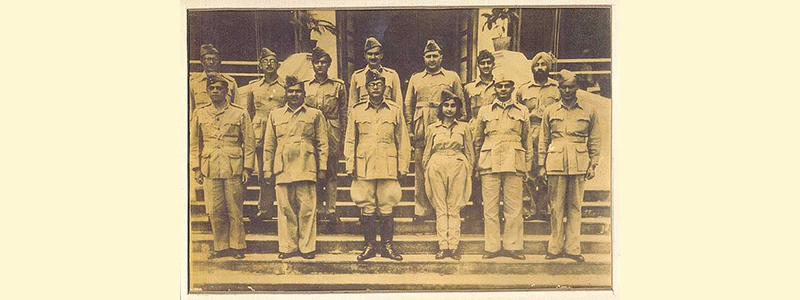




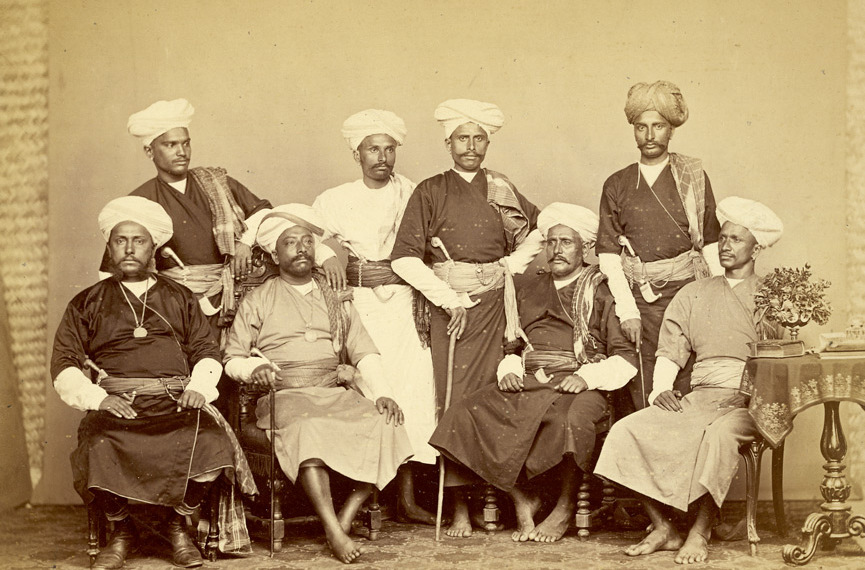


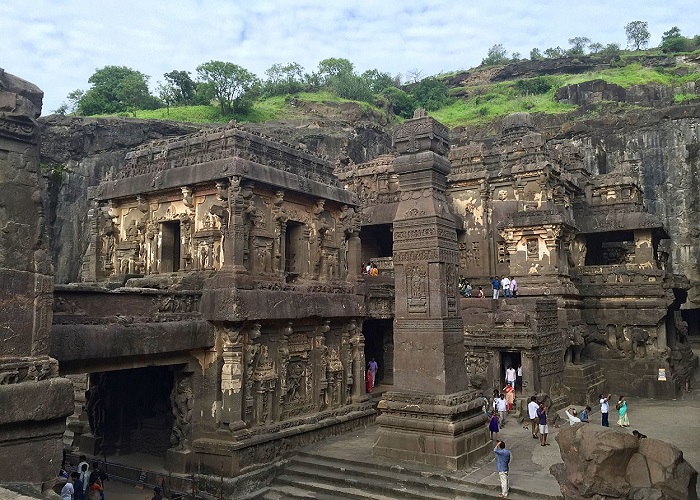
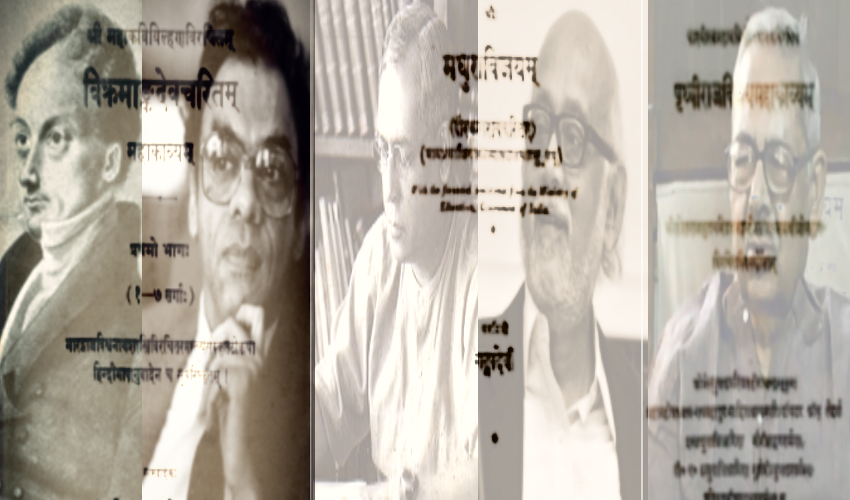
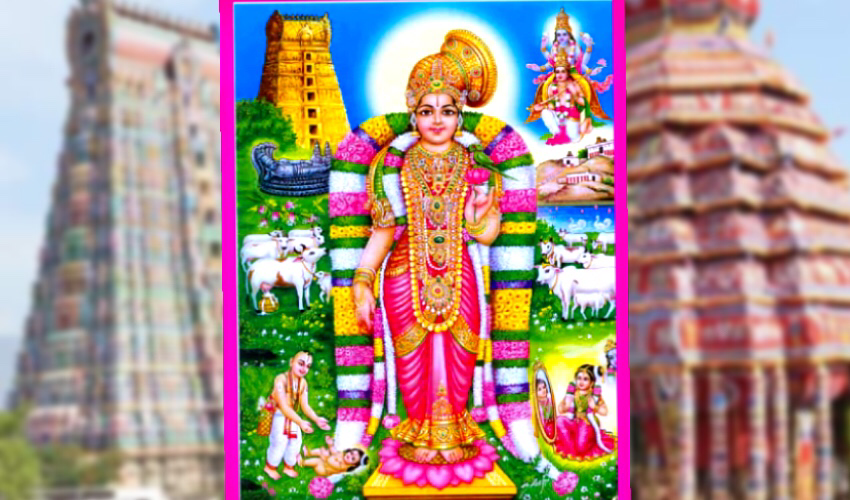

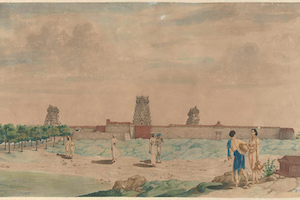
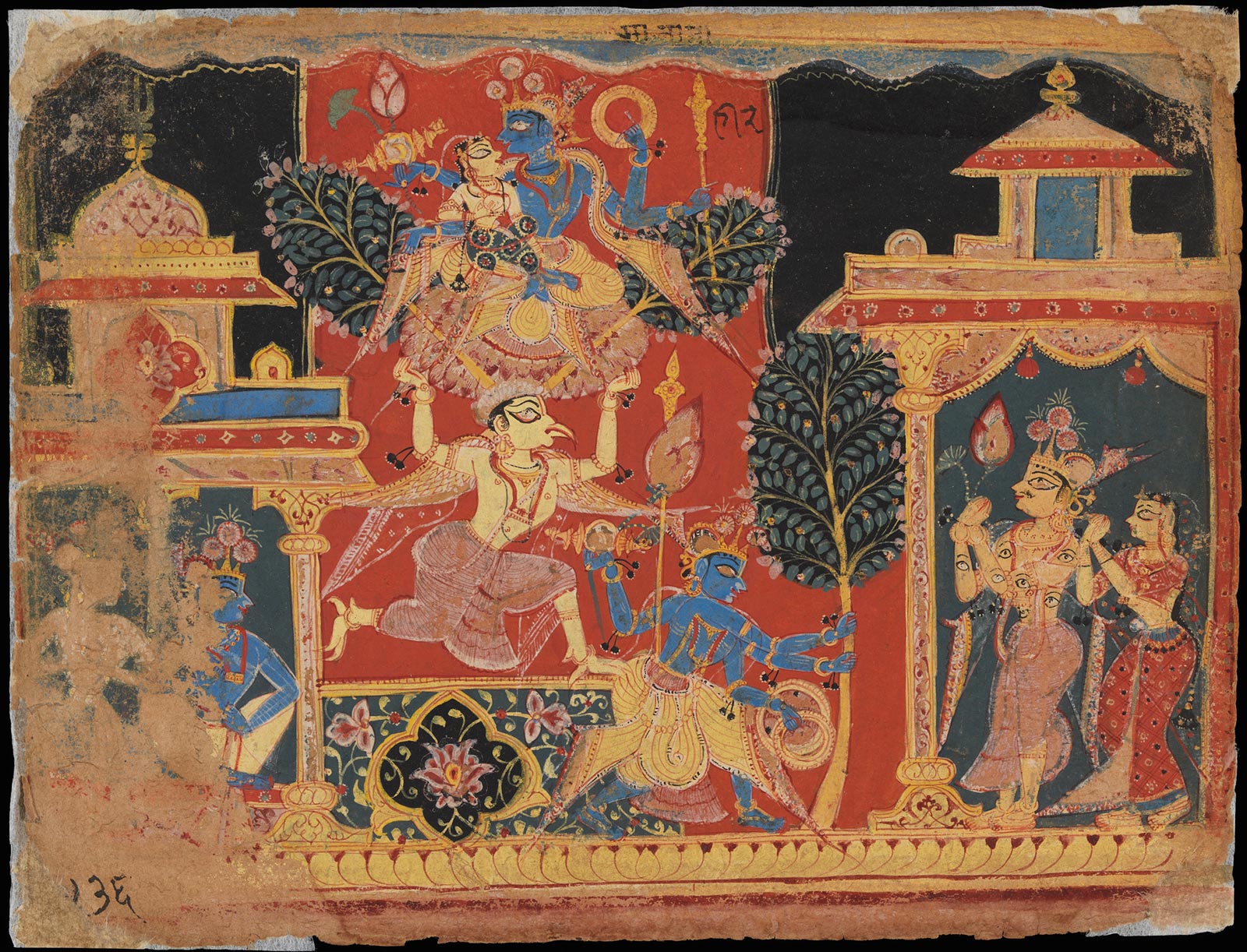



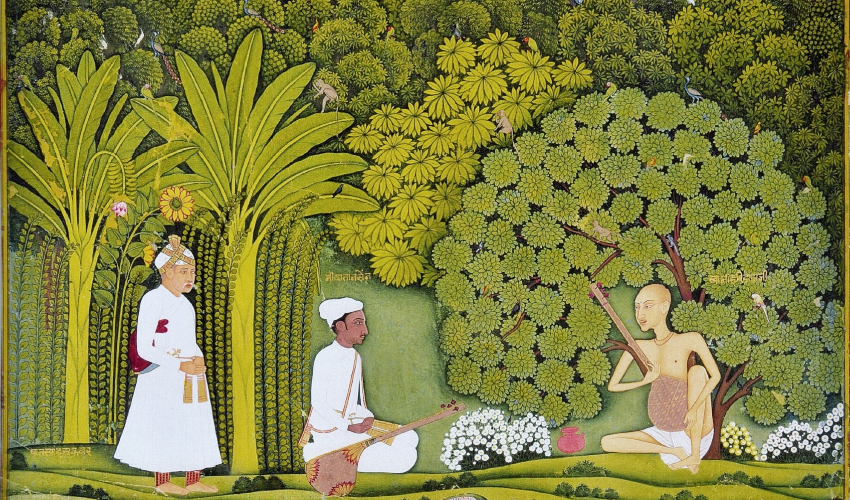
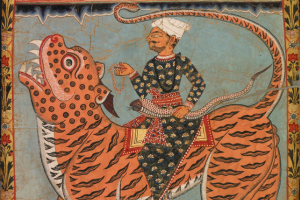
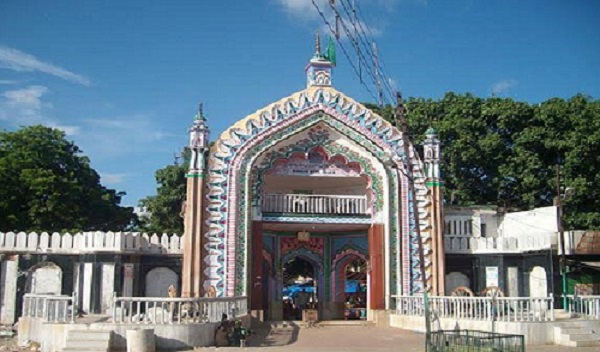
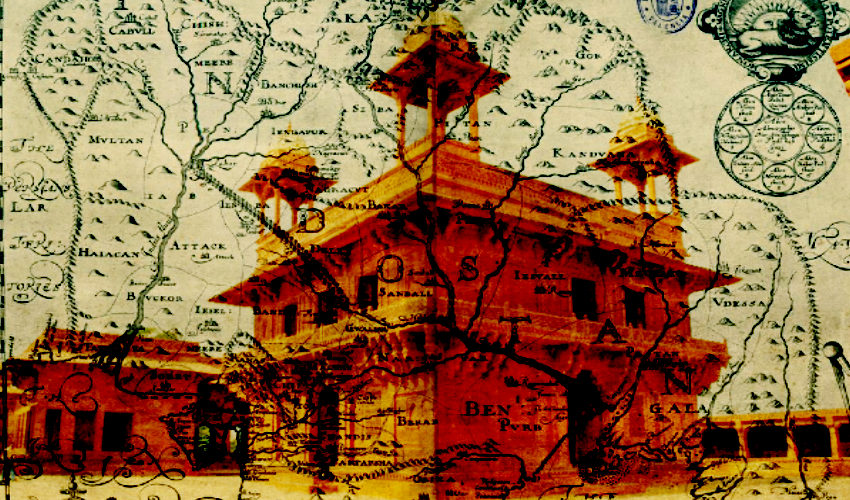
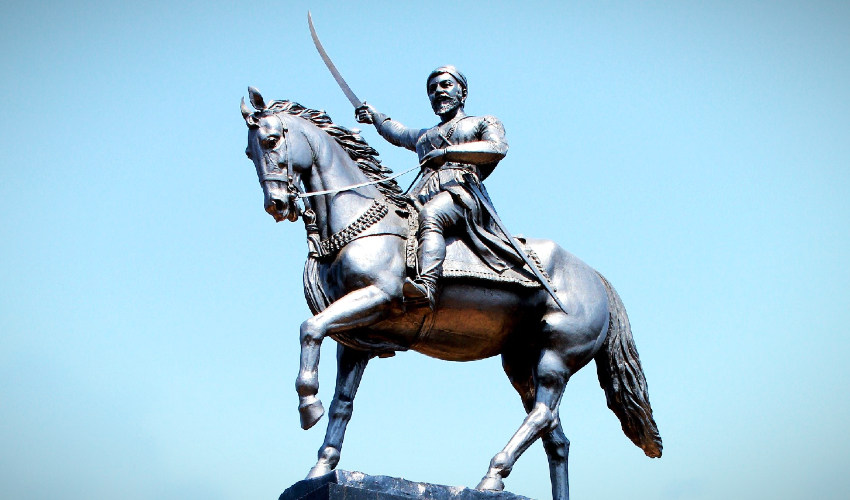

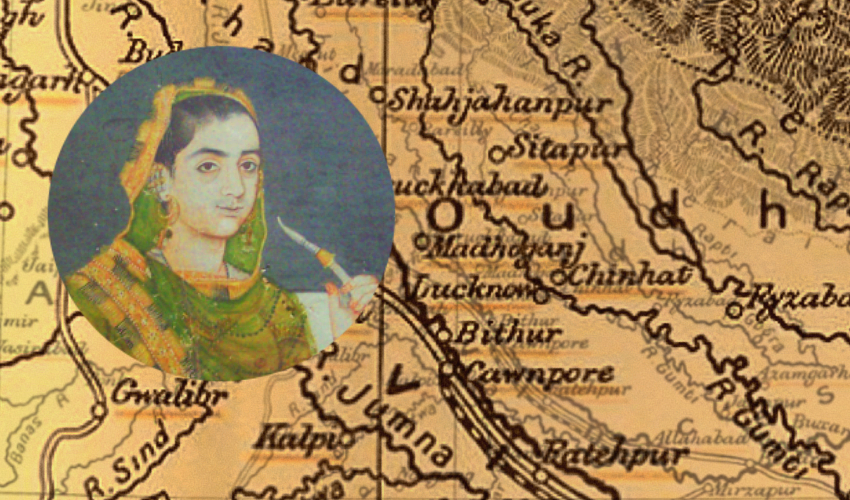
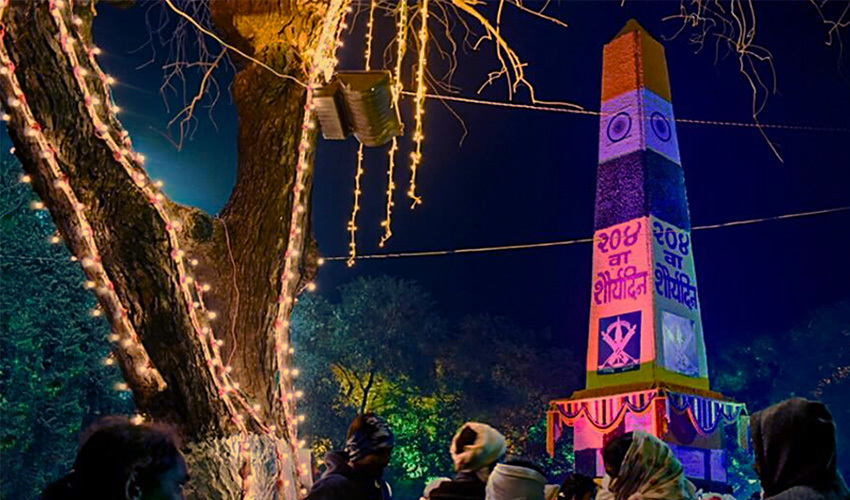
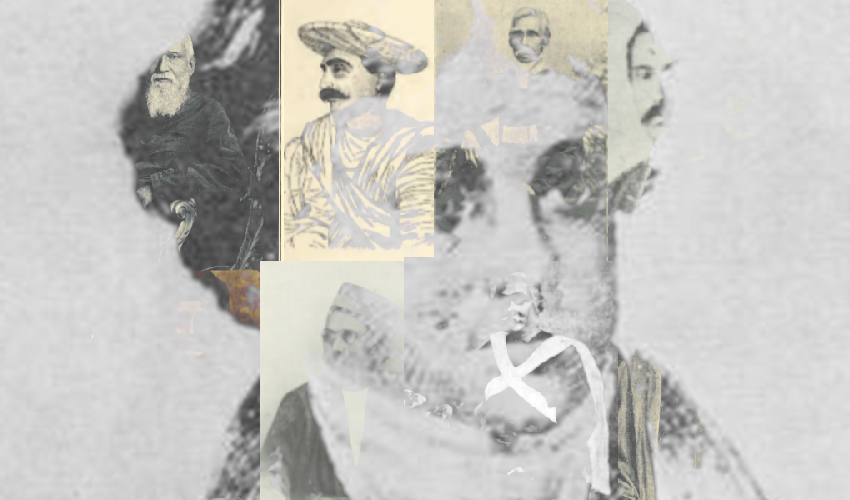

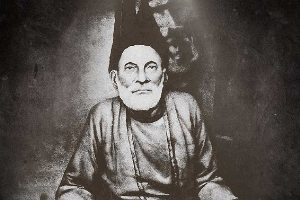


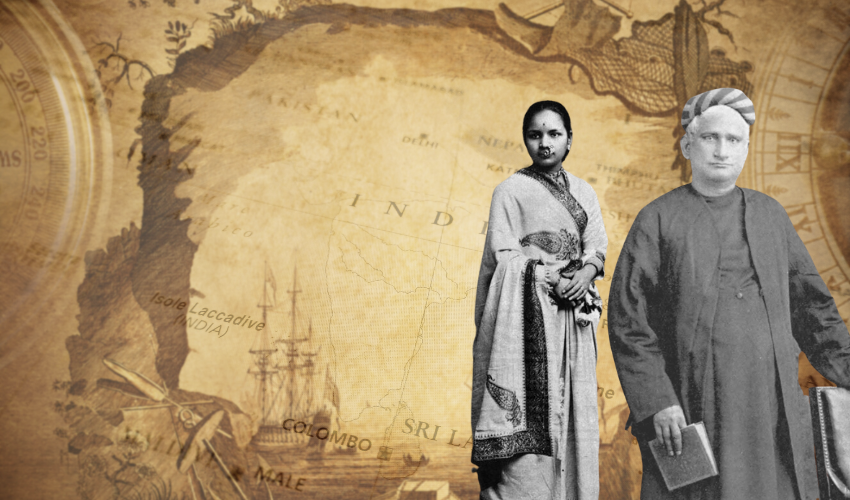

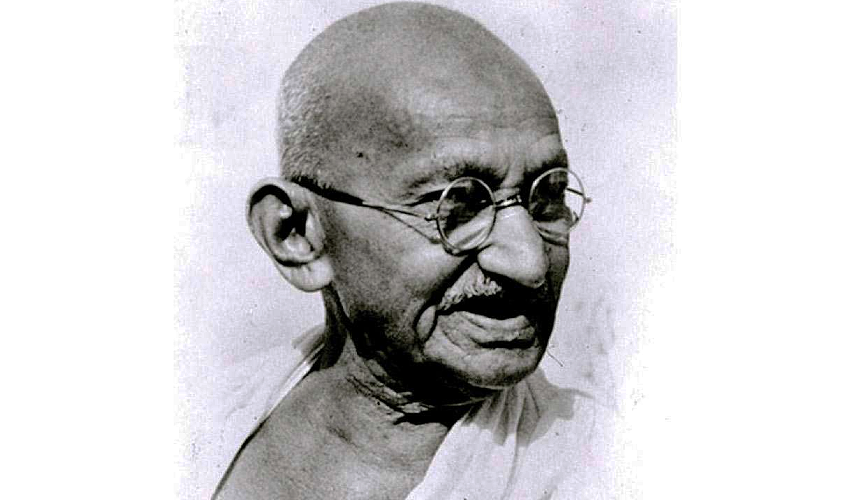
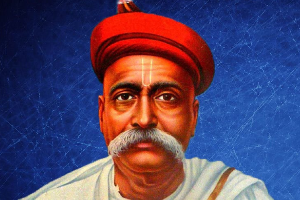
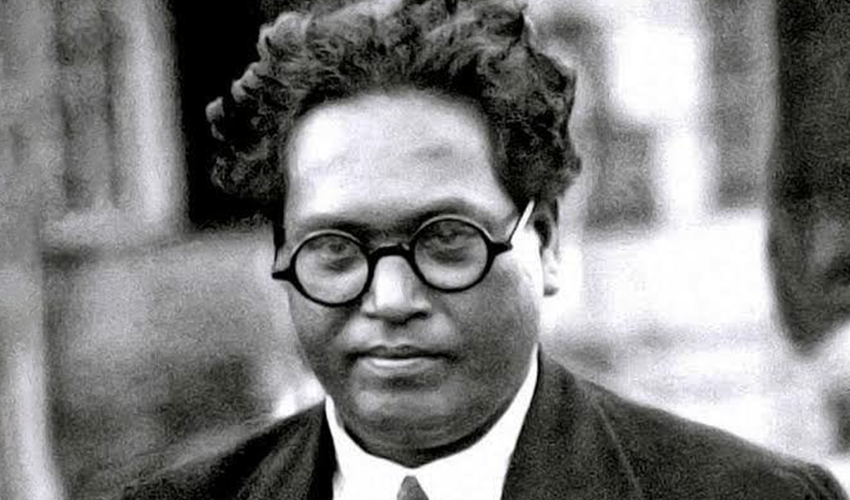
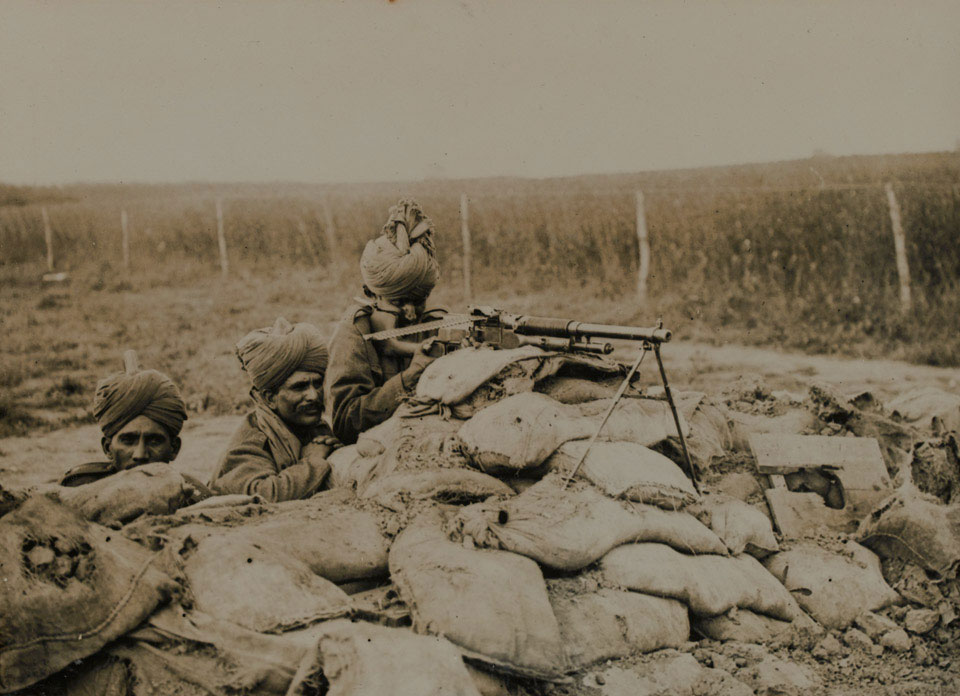
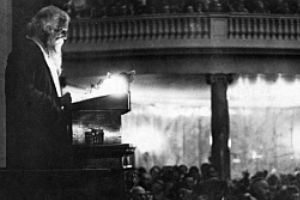
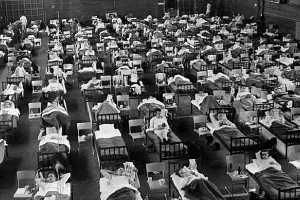
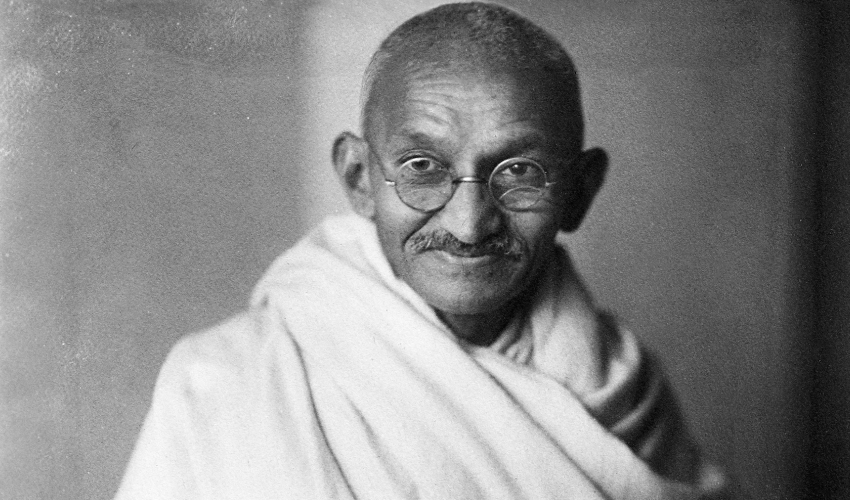
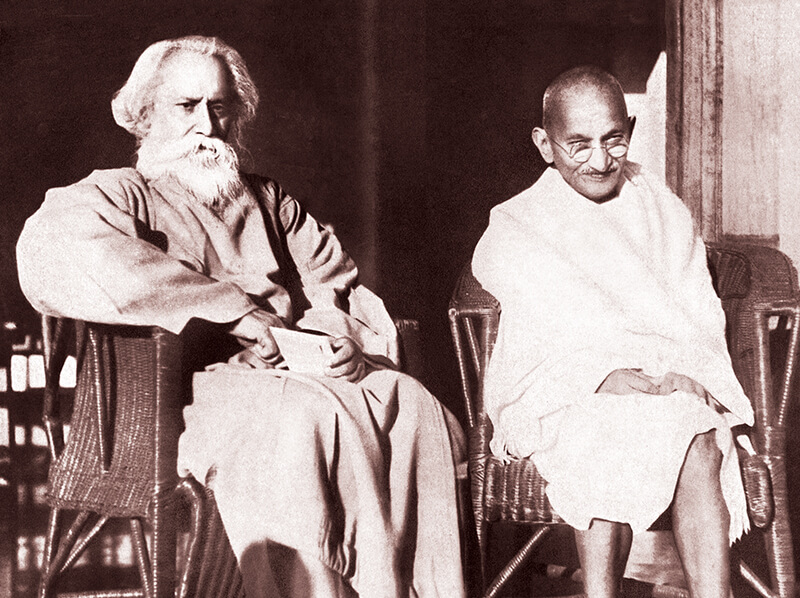
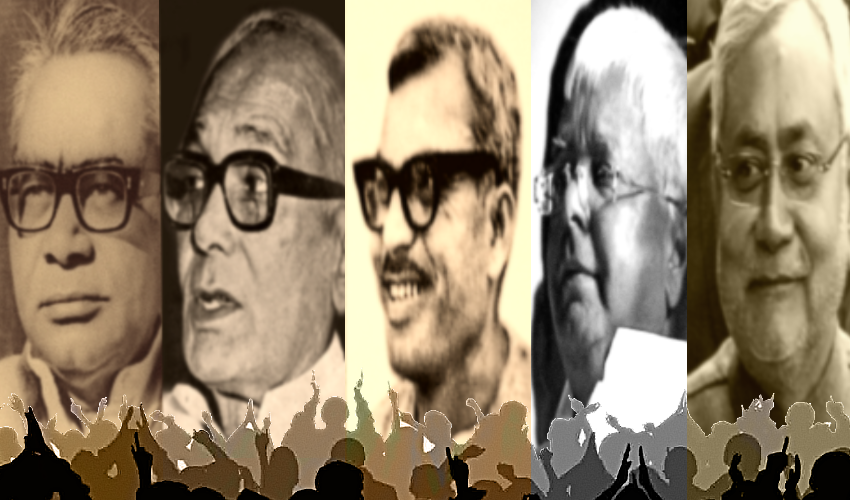
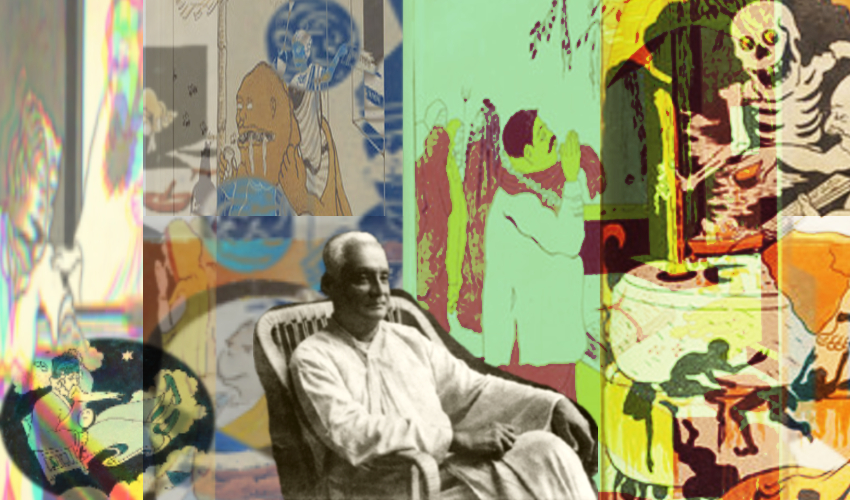
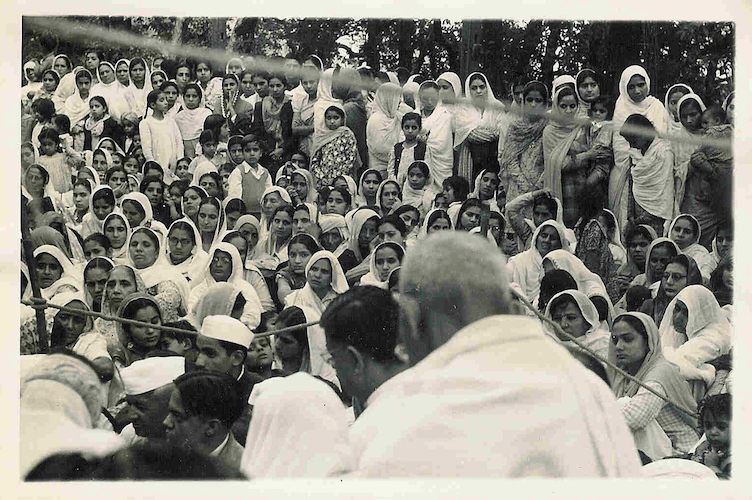
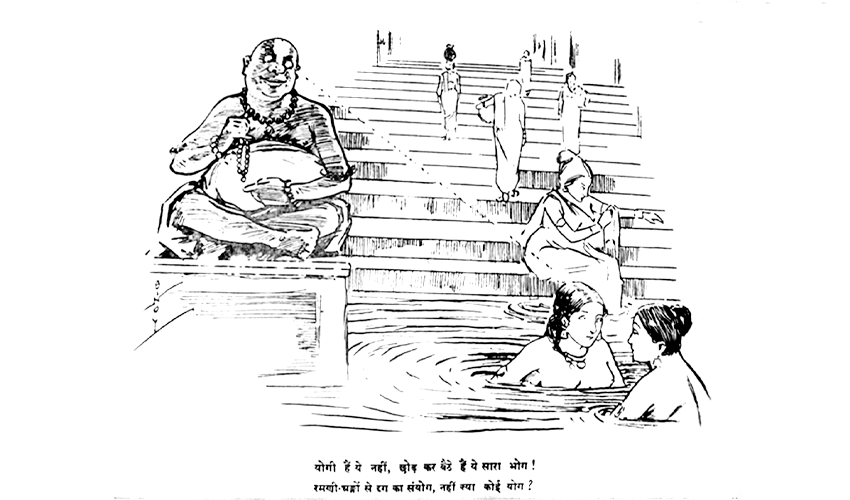
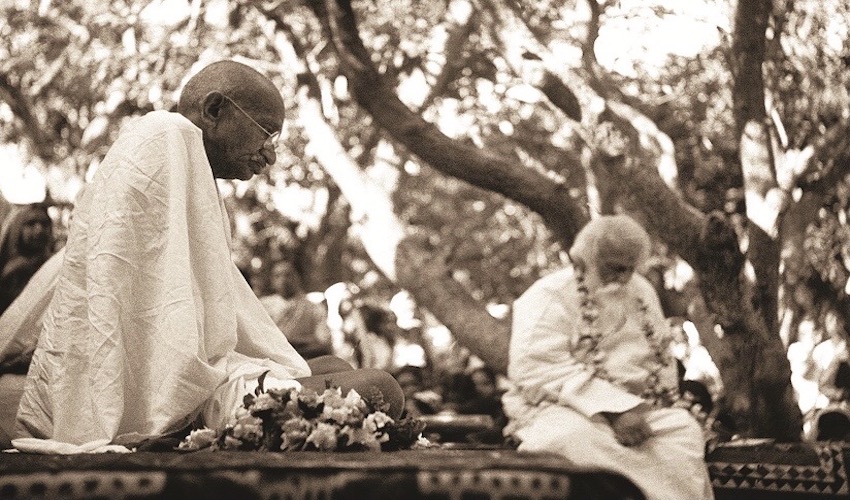
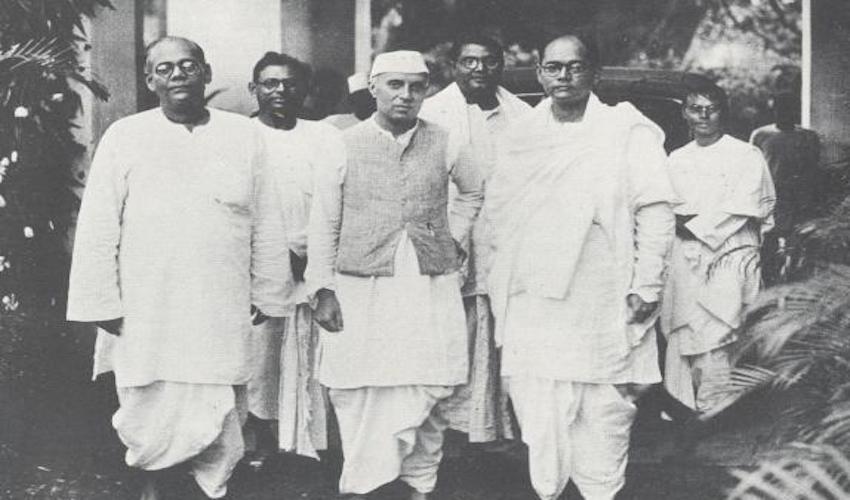
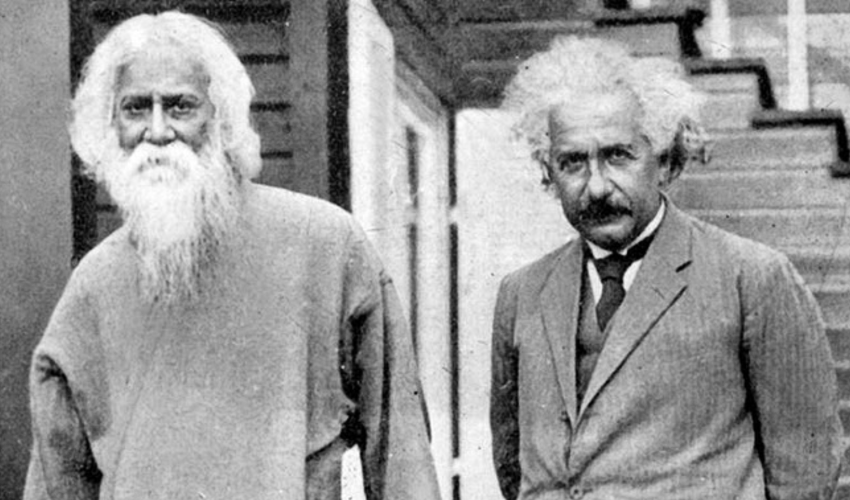

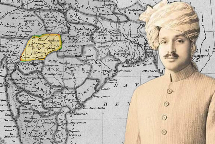
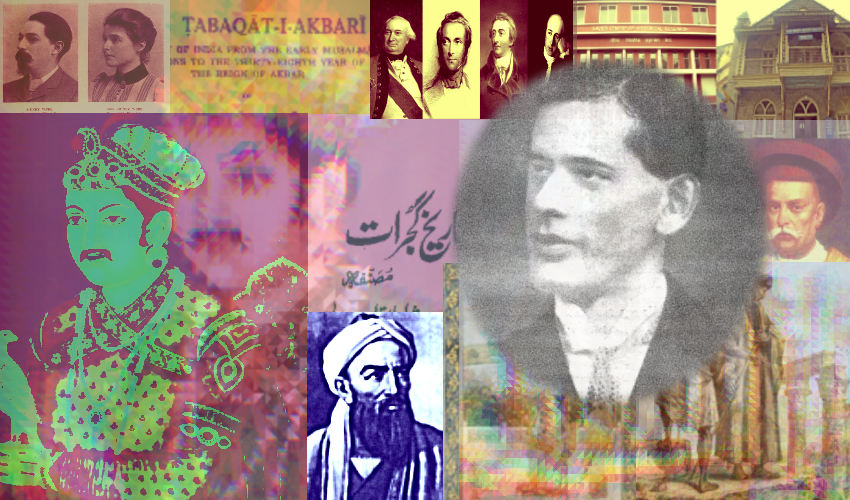

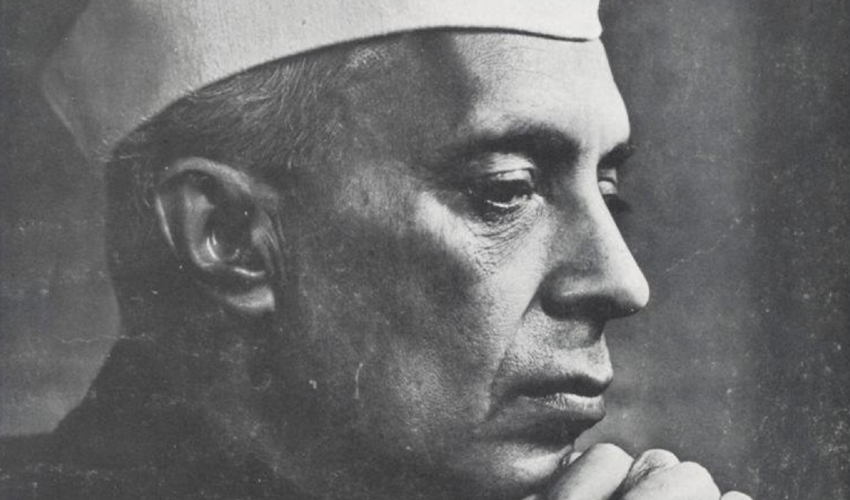
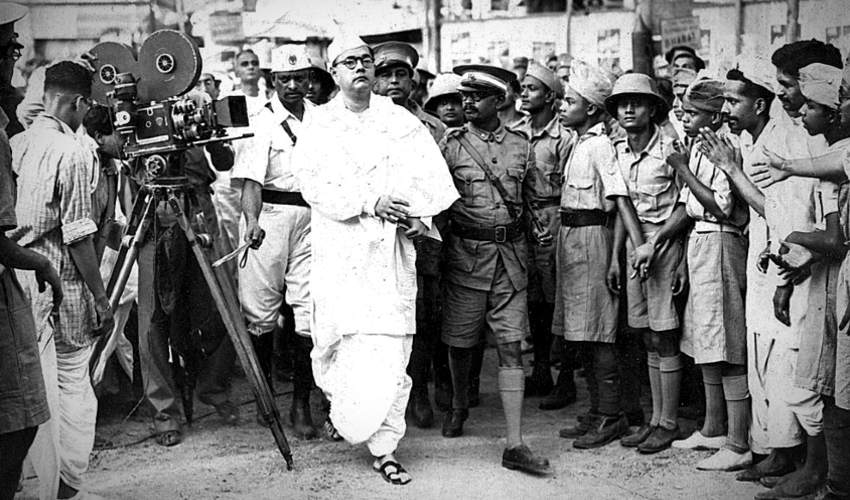

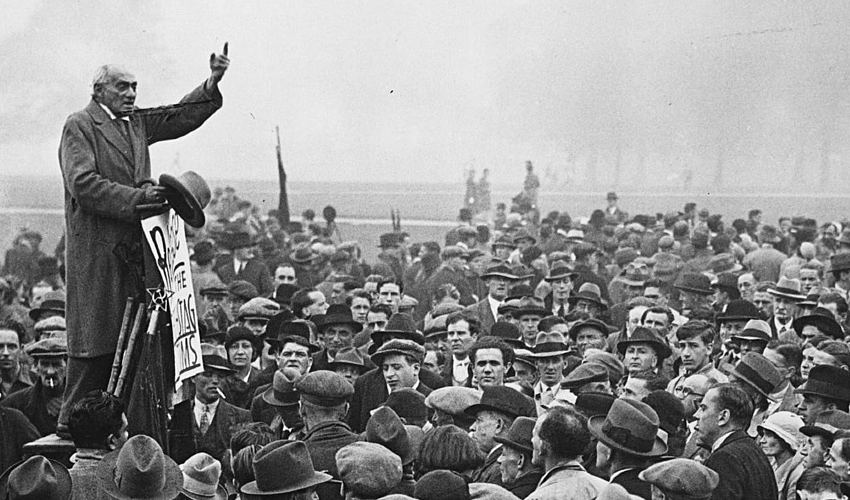
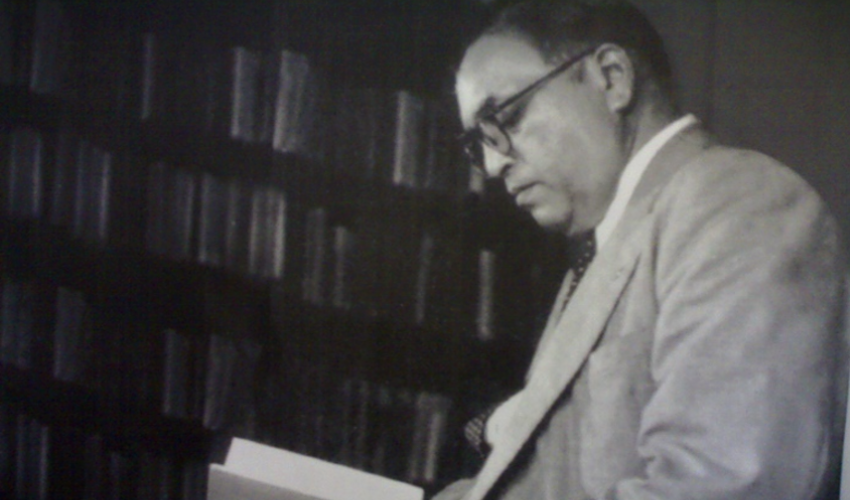

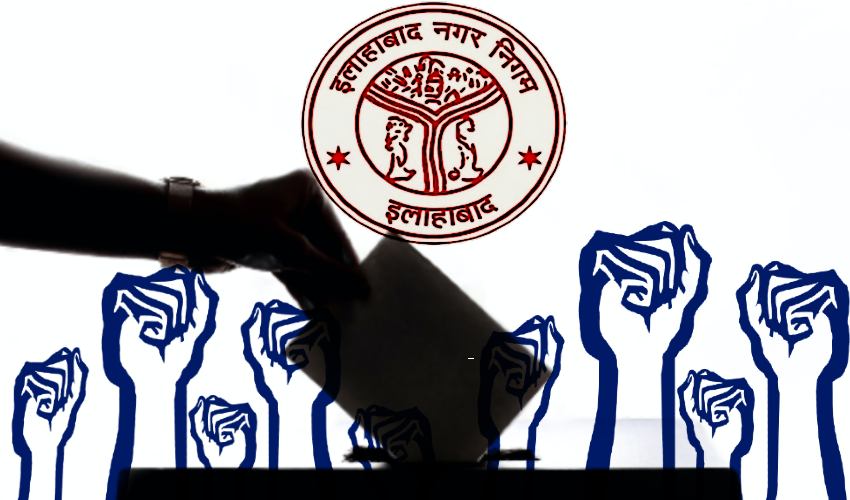
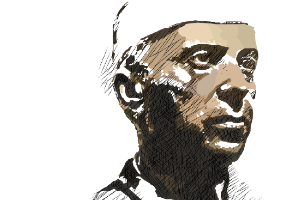

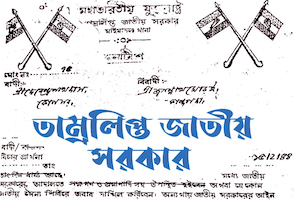
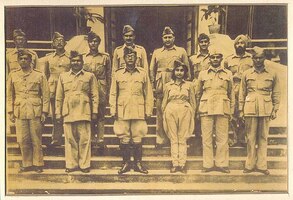
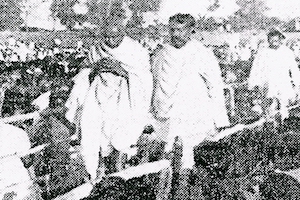

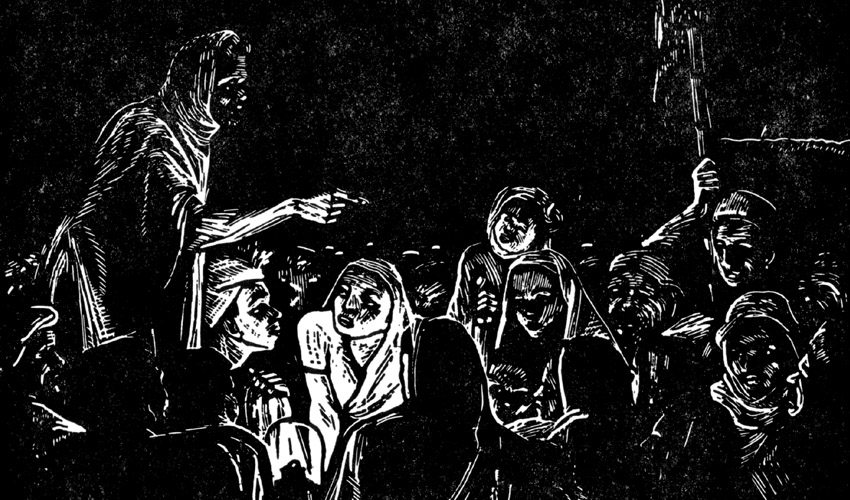
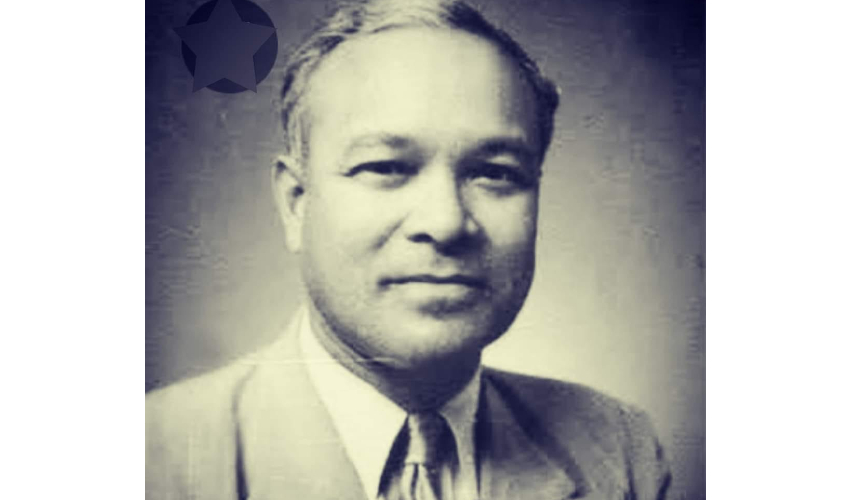
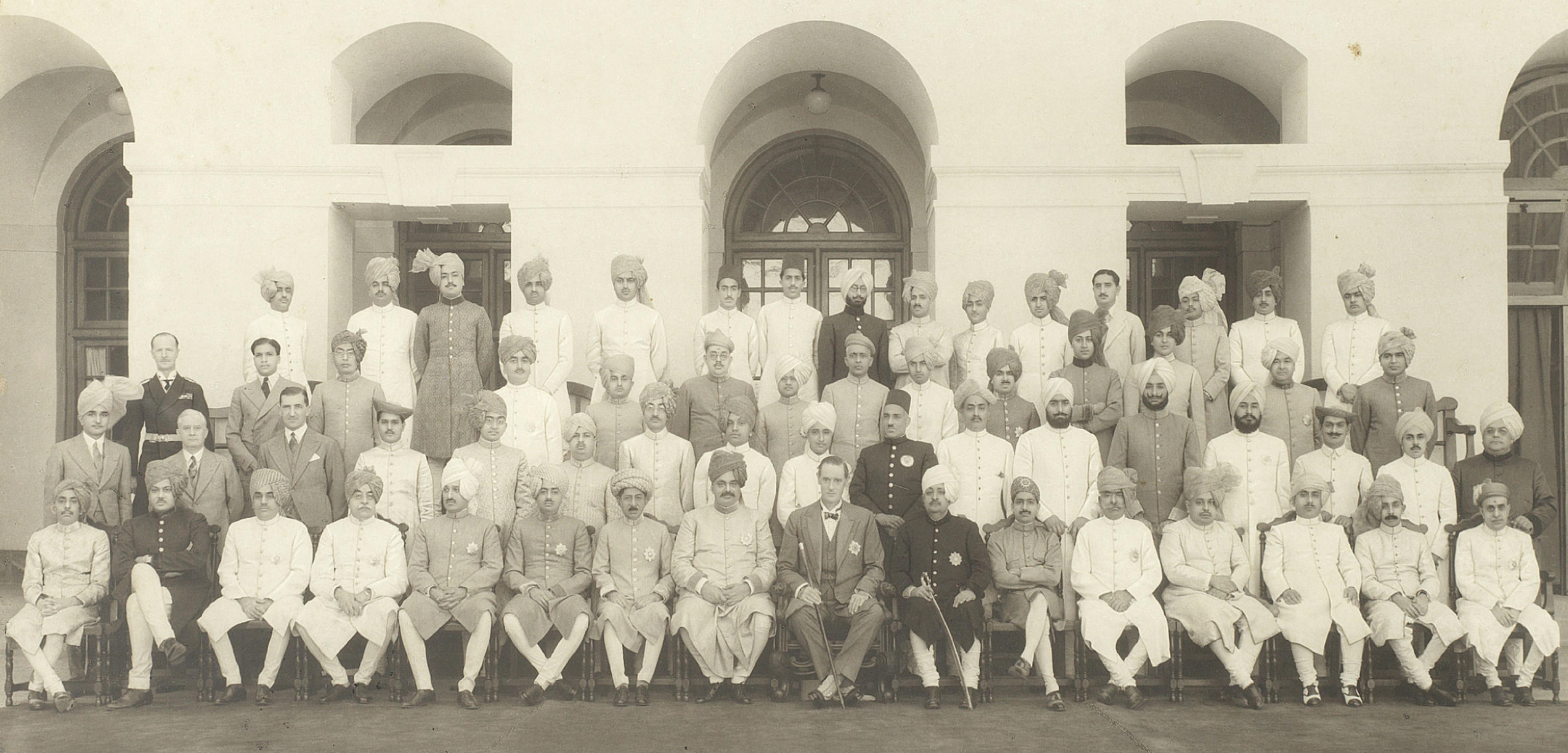
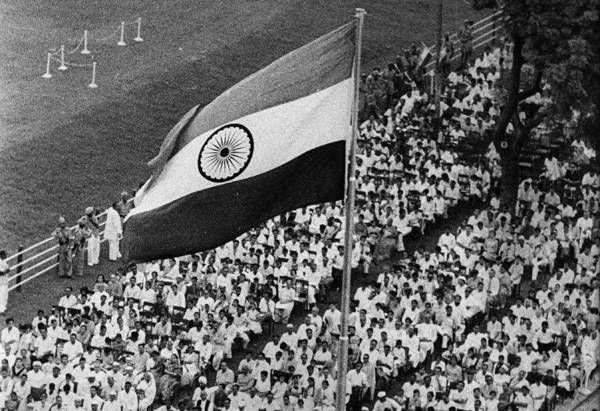
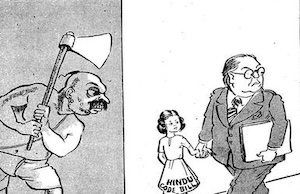


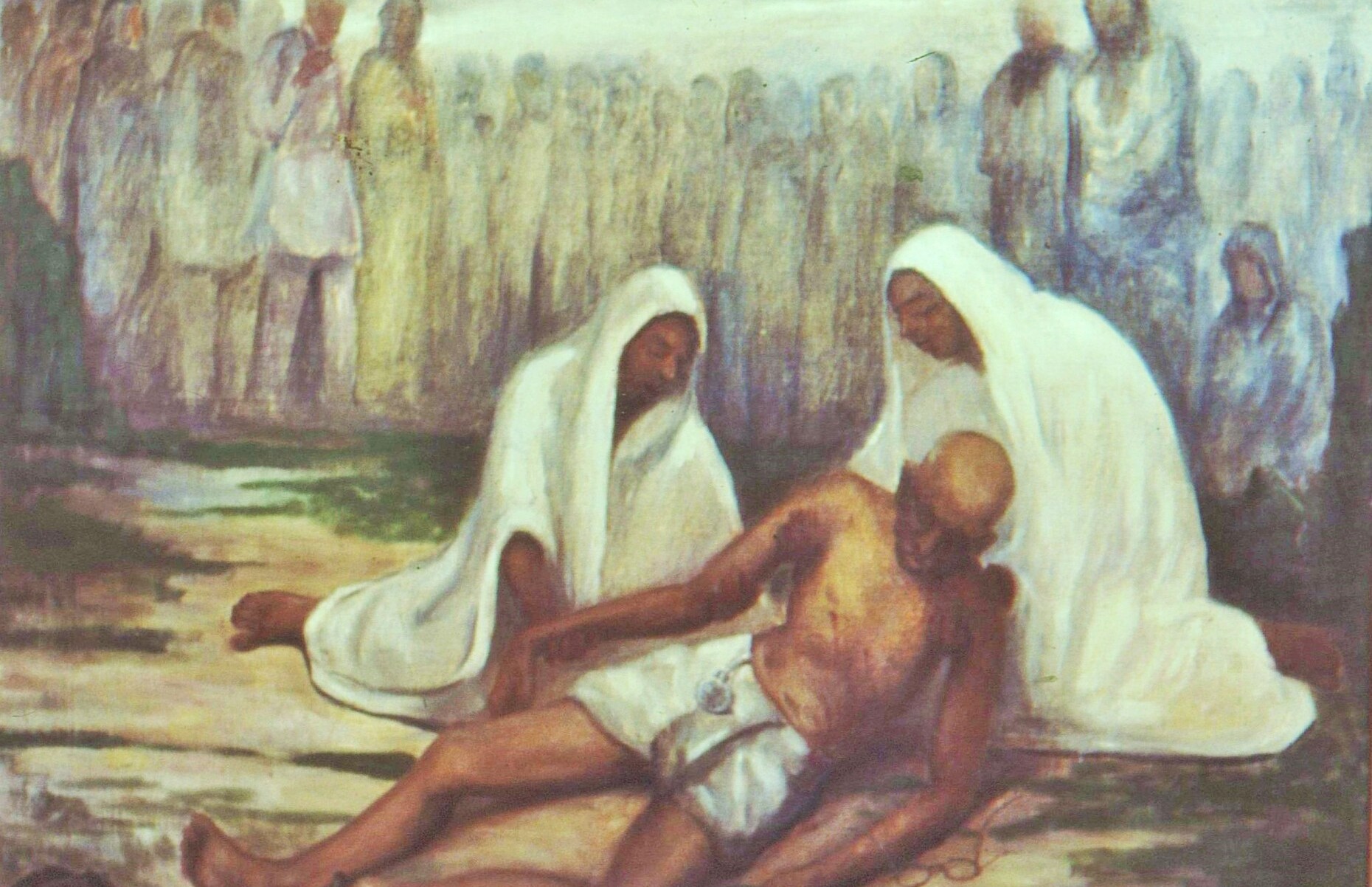



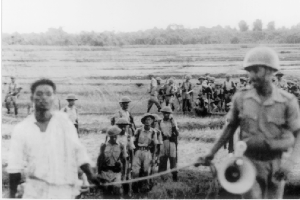
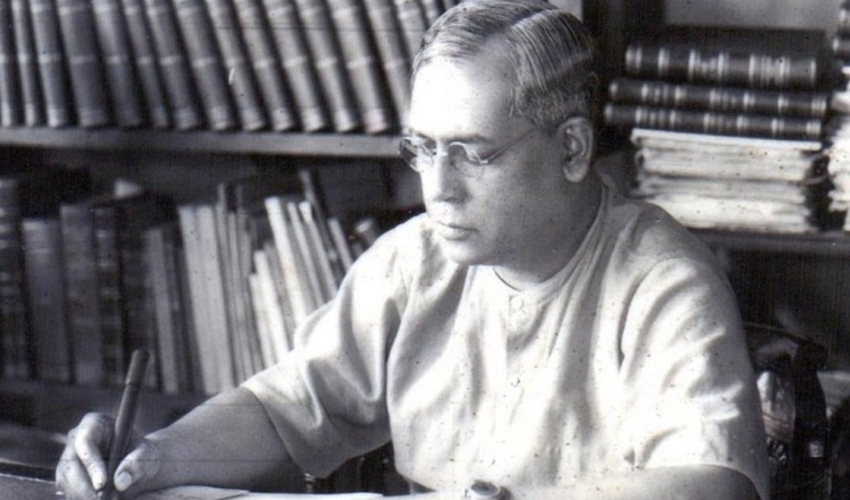
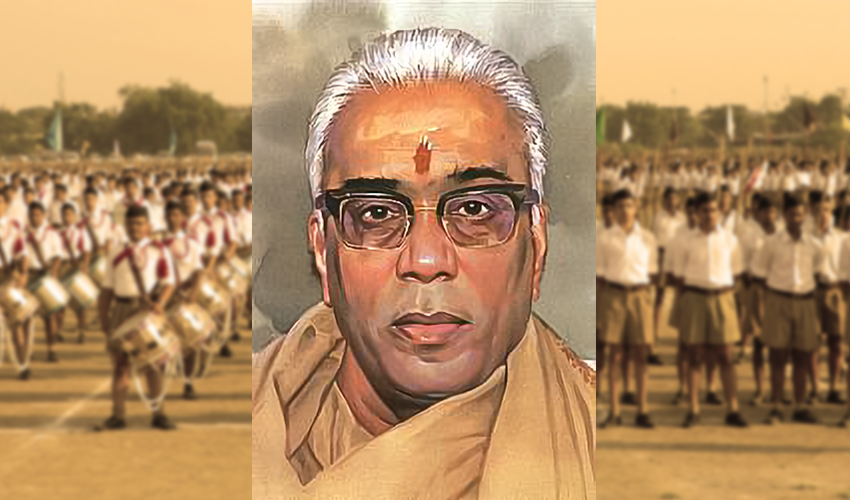
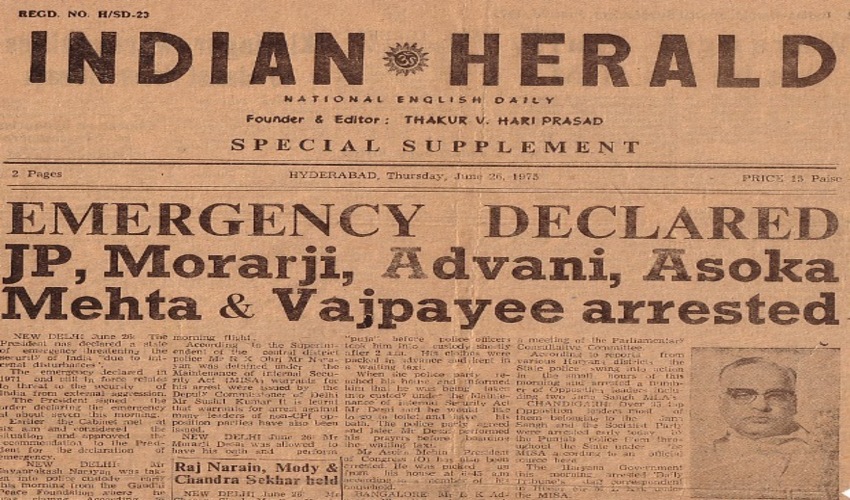
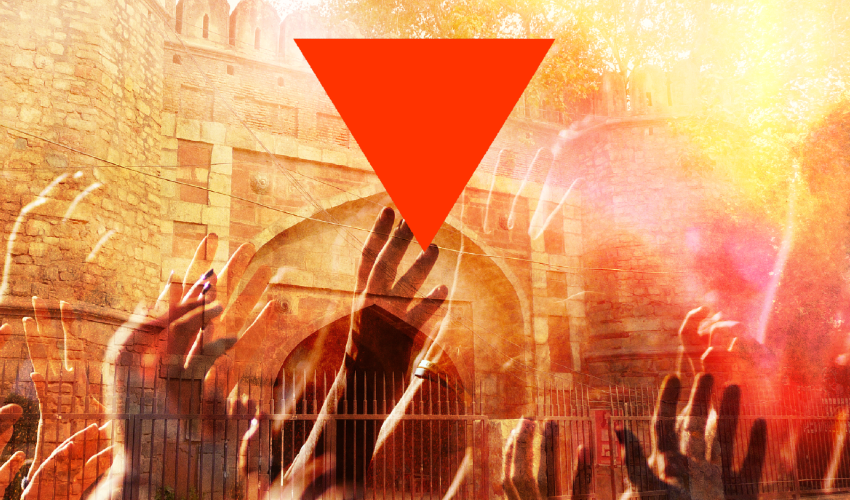

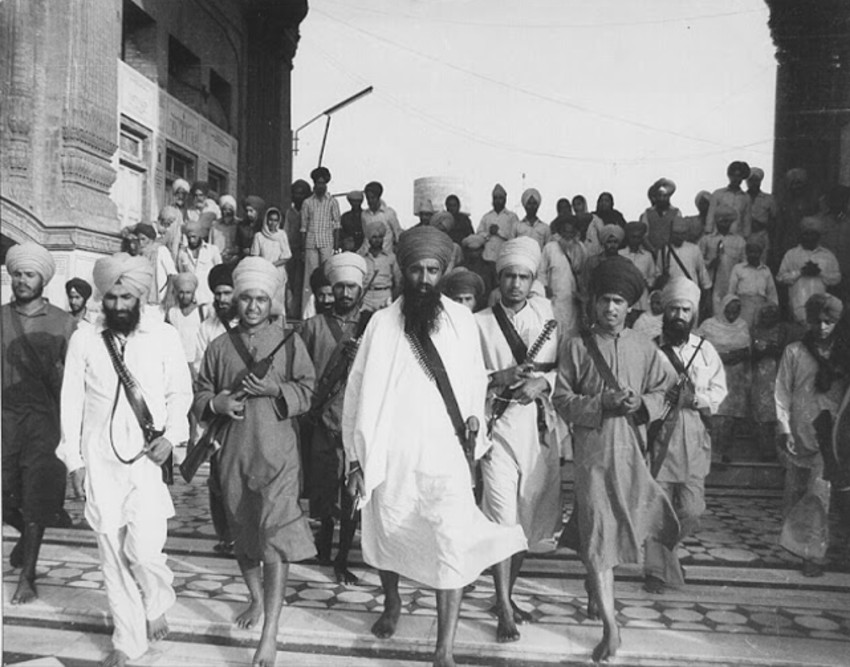
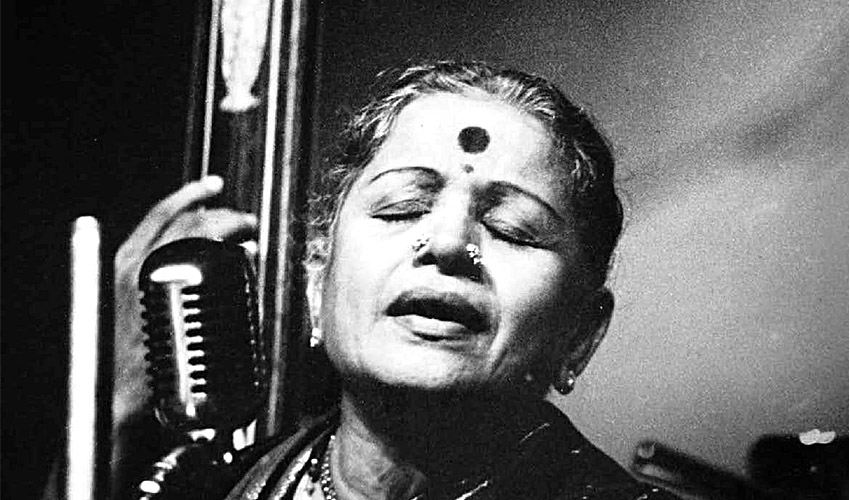
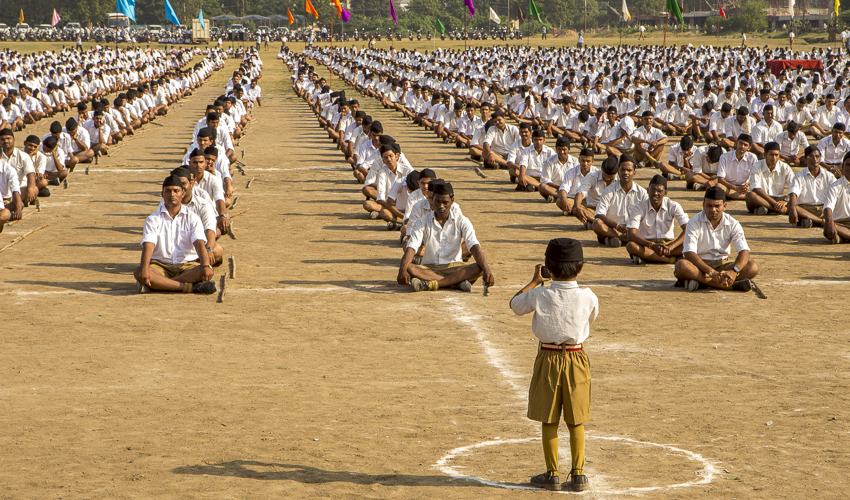

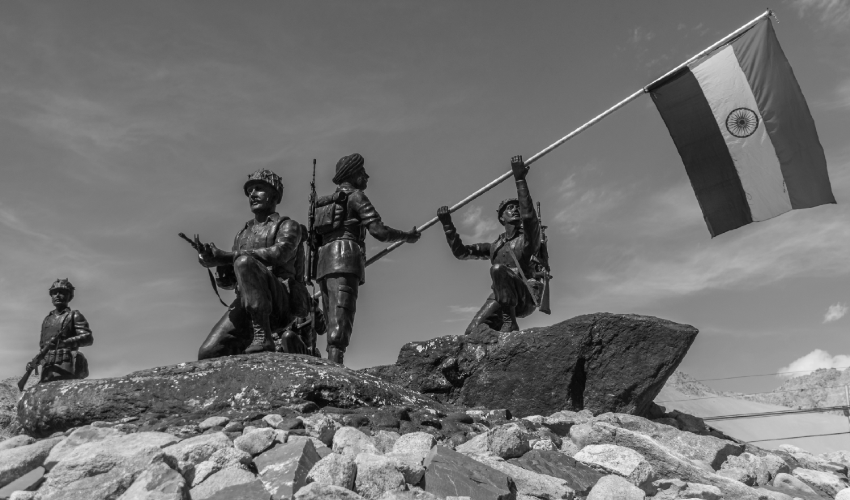
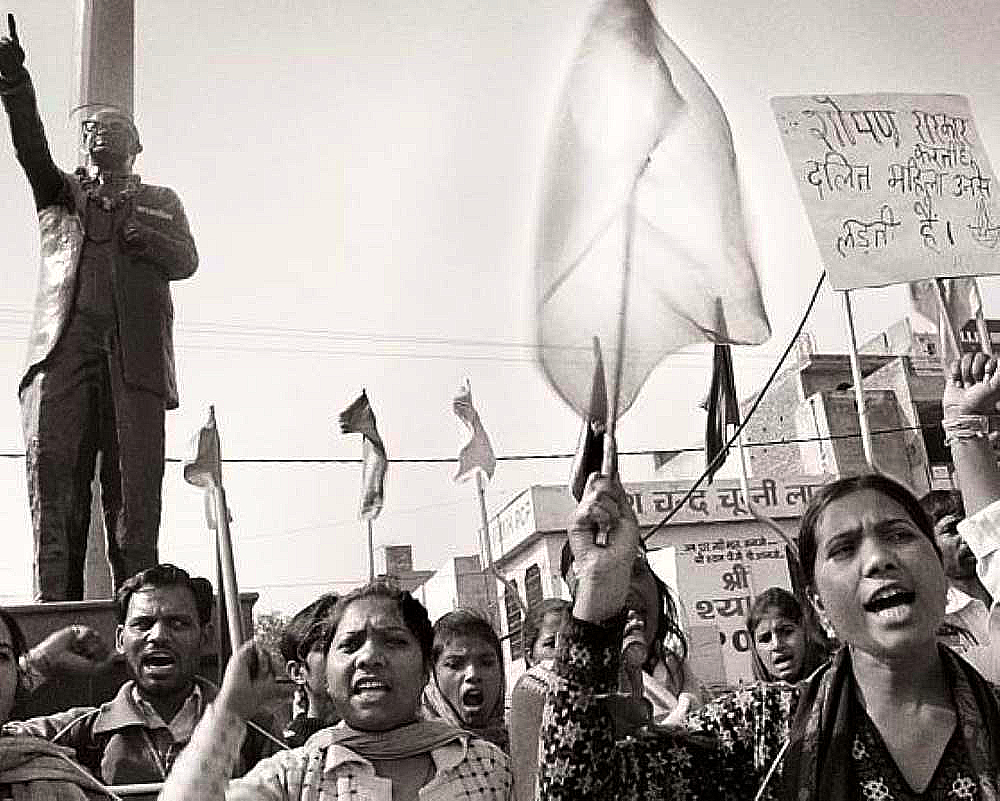
Leave a Reply